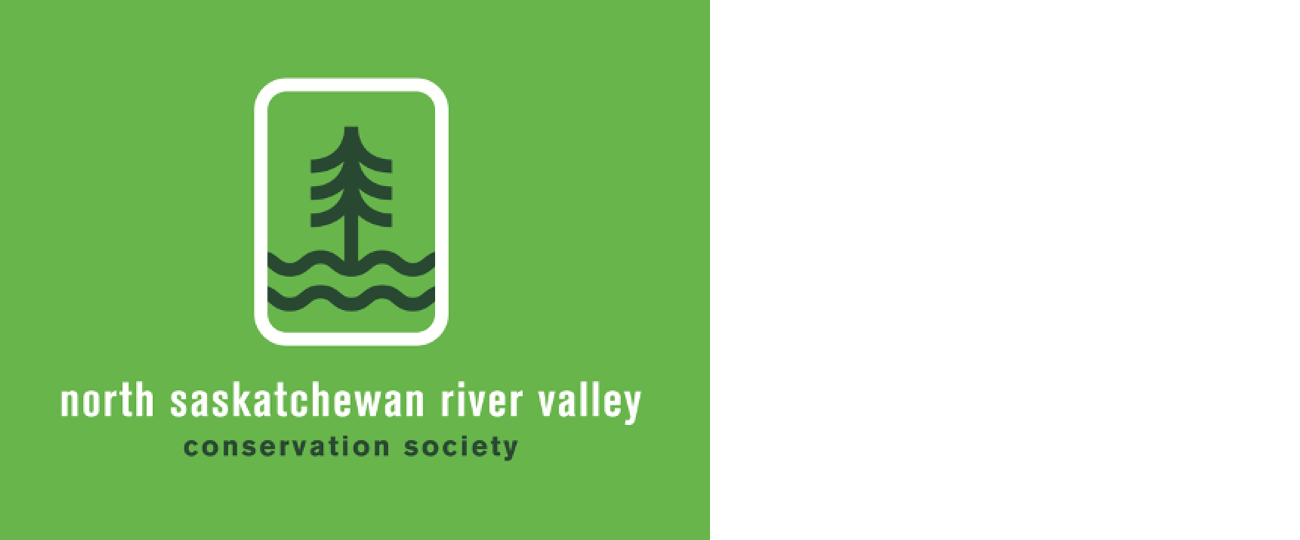Mill Creek Trestle bridge to be replaced
Planning and design is underway by the City of Edmonton for the replacement of the trestle bridge located in Mill Creek Ravine along 76 Avenue. The Mill Creek Trestle Bridge is of heritage value as part of the first rail connection between Strathcona and Edmonton, for its association with prominent railway entrepreneurs Sir William MacKenzie and Sir Donald Mann, as a symbol of Edmonton's industrial development, and for its landmark status within the modern-day community.
The bridge is one of the last physical reminders of the existence of the Edmonton, Yukon and Pacific Railway line, which was the first rail connection between the towns of Strathcona and Edmonton. Completed in 1902, the railway followed the Mill Creek Ravine alignment and crossed the North Saskatchewan River over the Low Level Bridge, providing reliable, convenient passenger and freight transportation services between the two towns as an alternative to John Walter's ferry further west.
Passenger service was provided until 1928, but the railway continued to provide a vital link until the 1950's between river valley industries and Edmonton's south side commercial centre, which offered rail connections to the remainder of the province.
As a Municipally Designated Historic Resource, the replacement trestle bridge will represent the existing structure as closely as possible while adhering to current design standards. The existing bridge plaque will be preserved and installed on the replacement trestle bridge. https://hermis.alberta.ca/ARHP/Details.aspx?DeptID=1&ObjectID=4664-0060
New campaign a reminder to keep Alberta rat free
Through Sustainable Canadian Agricultural Partnership funding to the Alberta Invasive Species Council, the governments of Canada and Alberta are reminding Albertans to Rat on Rats! The $110,000 investment will fund billboards and outreach materials encouraging Albertans to report rats and rat signs.
For more than 70 years, Alberta has proudly been rat-free, meaning the province prevents the pest from establishing a permanent population while swiftly dealing with any infestations. That famous designation is thanks to the hard work and dedication of Rat Control Program staff, and all Albertans can do their part by reporting rat signs and sightings.
Rats often hitchhike into Alberta on vehicles, cargo and equipment, making it crucial for everyone to recognize that these pests are not native or established here. Last year, Albertans reported 450 rat sightings, 23 of which were confirmed rats. The majority, 158, were muskrats.
Learn to identify Norway and roof rats and tell the difference between rats and other rodents common to Alberta at https://www.alberta.ca/albertas-rat-control-program
Much loved Westmount home receives historic designation
In 95 years, the Crawford Residence has only had five owners. Its current owner, Margaret Van de Pitte, has demonstrated her dedication to preserving history and ecology. In 2010, Margaret and her husband gifted 593 acres of wildlife habitat to the Nature Conservancy of Canada and the Ecological Gifts Program of Environment Canada to ensure it was protected in perpetuity.
“We’re pleased to have the Crawford Residence join the City’s registry of municipal historic resources," said Sydney Gross, Heritage Planner for the City of Edmonton. “Dr. Frederick Van de Pitte sadly passed away recently, but Dr. Margaret Van de Pitte wanted to ensure the designation was completed. The City of Edmonton is grateful for people like the Van de Pittes who understand and cherish the history of the area.”
The Crawford Residence was built in 1929 at the tail end of the development of Groat Estates on a parcel on the west side of 127 Street. It is named after its first owners, John L. and Georgie K. (Biggs) Crawford, a lawyer from Ontario who later became a judge in Edmonton. The Crawford Residence features Storybook-influenced architecture, including a high gabled roof and an offset front arched entrance.
The front (east) elevation is characterized by an open terrazzo porch with a brick balustrade on one side and decorative stone surrounding the doorway. A main-floor sunroom and second-floor solarium, added in 1963, were designed by Mary Imrie, part of the all-female architectural firm of Wallbridge and Imrie.
The City will contribute $49,827 from its Heritage Resources Reserve fund, matching the amount the owner will spend renovating and refurbishing the house. The Crawford Residence is the 186th property designated as a Municipal Historic Resource in Edmonton since 1985. https://www.edmonton.ca/city_government/edmonton_archives/historic-resources
Get out in nature, slow your pace and focus less on the destination
Milena McWatt, owner and operator of Wild Calm Forest Therapy, describes forest therapy as the practice of being in a relationship with the land. It is a slow-paced and science-backed practice that helps people slow down and get rooted in their surroundings. The practice is born from the Japanese artform known as Shinrin Yoku or forest bathing.
According to Milena, meditative practices done in nature have increased benefits not attained indoors. Coniferous trees emit a compound called phytoncides that increase our natural killer cells, boost our immune system, and help us fight infections. Some of the high-level benefits are an increase in mood and a decrease in anxiety and depression. It can reduce your blood pressure and help you get out of the fight-or-flight mode we all live in
When out in nature, slow your pace and focus less on the destination. One aspect of forest therapy is the opportunity to follow an invitation given by a guide. An example of an invitation would be to explore textures. In warmer weather, take the time to feel your surroundings. Your nervous system will reset when you slow down and engage with your surroundings. Milena’s favourite river valley locations at https://rivervalley.ab.ca/news/feature-friday/feature-friday-wild-calm/
Clusters by Keith Walker, Central Lions Senior Recreation Centre
https://www.edmontonarts.ca/public-art/clusters
Comment or Contributions
Please note articles may not reflect the position of NSRVCS. River Valley News is meant to be a clearinghouse for the variety of opinions and ideas about Edmonton’s River Valley.
Email river valley photos, event information, comments, or questions to nsrivervalley@gmail.com
Forward this link to anyone you think may want to sign up for this newsletter https://www.edmontonrivervalley.org/newsletter-signup















